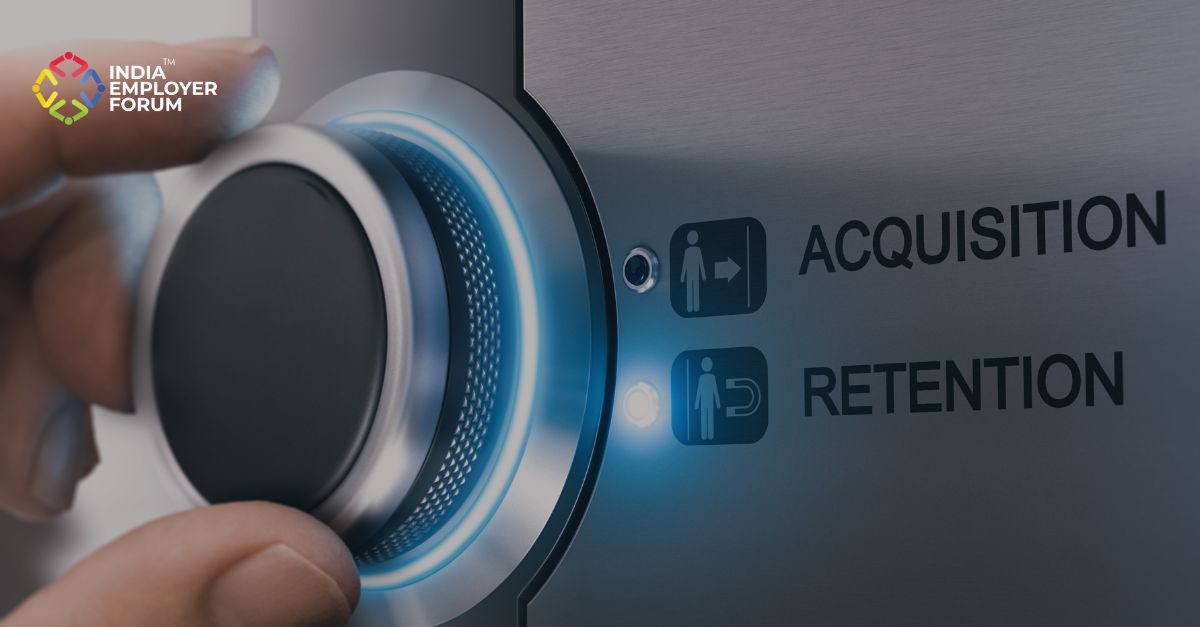Experts have contributed majorly to redefining the roles that core new-age technology plays in the current work environment. New-age technologies are making things simple, even if the technologies may themselves be complicated. They make essential everyday aspects of business simple but require a lot of effort to build. If you know the basics of these technologies, you will be able to help the organisation learn to extract every small resource from these technological concepts.
The CISO of SafeBreach, Avishai Avivi, proposed that Breach and Attack Simulations should be at the base of every enterprise security stack. The future of Kubernetes is also explored with DataCore’s CEO Dave Zabrowski. David Stokes, Senior Manager for Solutions Marketing at Ribbon Communications proposed that the value provided by telecom industry acronyms should be looked at. Founding partner Matt Hatton of Transforma Insights and Brian Jackson, Research Director in the CIO practice at Info-Tech Research Group talk about IoT, automation and communication.
You might also be interested to read: 25 Top Technology Trends That Will Reign Over The Next Decade
Let us elaborate on the essentials of new-age technology mentioned above:
Enterprise security stacks should include BAS platforms
Along with the changing work environment, the threat landscape is also ever-changing. Along with this stack, the surface is growing, and corporate transformations too are very active. These act as obstacles to modern enterprise security, which must be overcome, so the organisation stays protected. According to Avishai Avivi, Breach and Attack Simulation may add value to business security stacks, with unique features like attack, analyse, remediate and report.
The future of Kubernetes
Kubernetes provides patterns that help manage infrastructure and workload, because of which it is becoming the organisation’s de facto control pane. Neha Pradhan Kulkarni, Technology Editor at Spiceworks Ziff Davis along with DataCore’s CEO, Dave Zabrowski, feels engineering teams can use Kubernetes to overcome any issues with stability and scalability. Zabrowski also highlights the transition process of engineering teams to Kubernetes.
SDN’s “S” should focus on services
Acronym technologies have advantages that are not discussed; instead, accomplishments are focused more upon. Instead, there should be more concentration on the advantages these acronyms offer consumers. Presenting the technologies in this way will make the purpose and worth of the technology visible. The “S” in SDN should be replaced with Services so that abbreviations do not hide the actual function of the abbreviated word and nothing gets lost in translation.
eSim and iSim can play a part in reducing barriers to the internet of things
eSim and iSim have been hot topics in the Internet of Things (IoT). eSim is an embedded sim, and iSim is an integrated sim. eSim is associated with software, hardware and connection and results in discussions that begin with its physical entity. iSim has shown that connectivity can be provided differently, too. Transforma Insight’s Matt Hatton has studied the history of both types of sims along with the implications of their adoption. One central focal point has been the reduced cost of cellular-based deployment of IoT.
Role of AI services
Home assistants today are rooted in AI services, making them a very active part of our daily lives. Info-Tech Research Group’s Brian Jackson shed light on the effects of AI on our lives and the development of a relationship with them, with activities like tracking the baby’s progress also being made possible.
The more we become aware of new age technology and what it can offer, we will be in a position to make optimum use of it to contribute to growth, security and employee retention at your organisation.
Reference: Revisit the Essentials of New-Age Technology With Our Experts | Spiceworks | Partha Srinivasan | July 22 2022
You might also be interested to read: Building a Future-Proof Managed Security Practice






